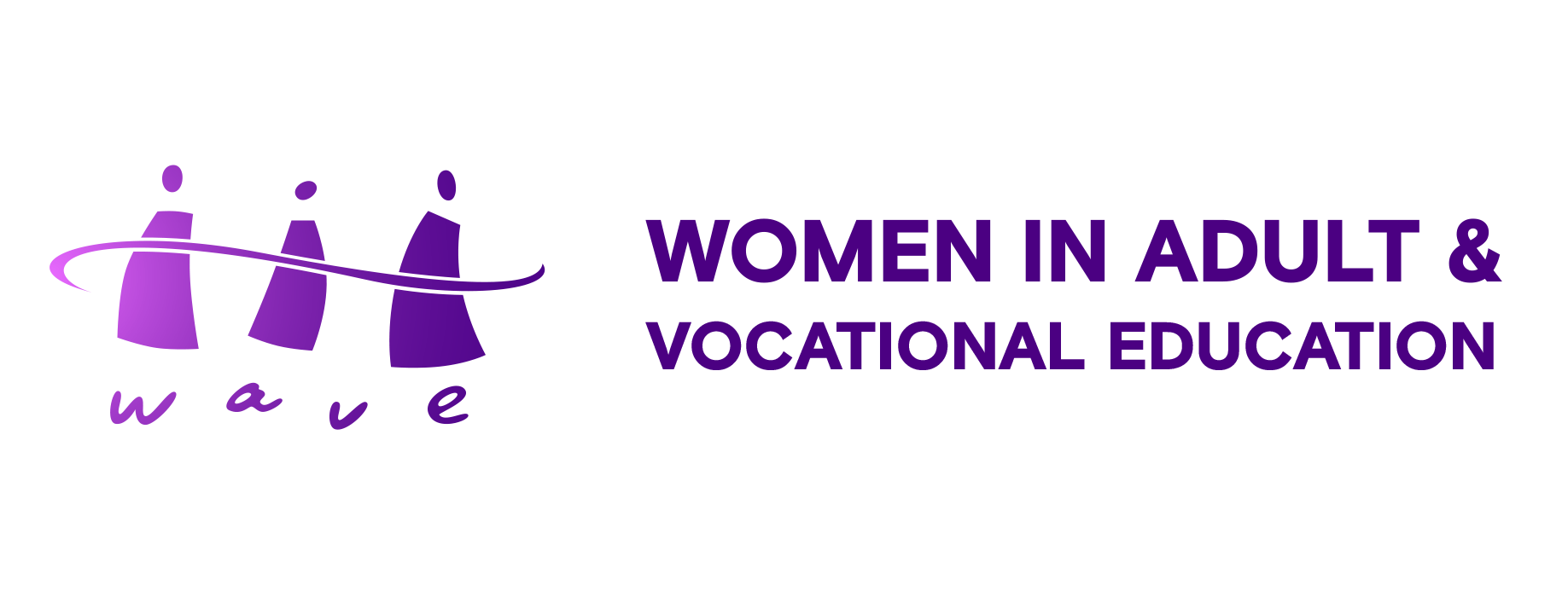26 Apr WAVE Response to GE Strategy Call For Feedback
WAVE – in its role as leading advocacy for an equitable and inclusive education and training system expects the GE Strategy to act as a foundational mechanism for an Australia education and training system that:
I. Ensures equity and gender equality as a foundational principle and goal of all education and training policies, regulations and legislation.
II. Embeds equity as an organising principle applicable to all activities, policy and resourcing activities in vocational education and training (design, delivery, resourcing and funding, disaggregated data collection, evaluation).
III. Creates a system that provides learners with access to affordable quality training relevant for us to live well (getting a job, occupational and industry mobility, entrepreneurship, active citizenship, care, democratic participation) with inbuilt mechanisms to tailor the system to the unique needs of women and girls in all their diversity.
IV. Enables the system to be proactive rather than reactive (forecasts and plans for skills for the future and present by drawing upon expertise cognisant of our social, economic and educational needs).
V. Creates a skills and education system with a broader definition of skills inclusive of knowledge, that builds broad capabilities required for participation in work, civic and social life.
VI. Values and utilises the plethora of evidence and research that describes and presents evidence of inequity faced by women (including those with intersecting compounding barriers to participation in the workforce and skill development).
VII. Creates and resources an agency (statutory authority) with the legislated function to consult, investigate, locate and address existing and potential barriers to equity in VET and provides advice and recommendations to Government.
VIII. Builds capability and capacity of responsible officials, policy leaders and education and training sectors on gender equity and equitable policy and practices, through gender impact assessments in policy design processes and structures about education and training.
IX. Ensures that equity and gender impact assessment are core organising features and principles of education and training funding, workforce planning, resource allocation, teacher and trainer development and strategic policy vision/setting.
X. Targets and implements budget measures for training and education investments that increase women’s participation and career pathways across the workforce including in emergent industries and occupations and, target men’s participation in feminised industries.
XI. Applies a gender lens to all processes that assign value to ‘feminised’ skills including assigned levels in the AQF and associated pay levels, competency standards and training packages, taking into account issues of comparative worth.
XII. Funds training and education equitably, (addressing inequitable funding of feminised skill pathways compared to male dominated skill pathways).
XIII. Centres the lived experience of diverse learners, recognising learning journeys are intersectional experiences and have higher opportunity costs for women.
XIV. Develops a system that is built by educators for learners in partnership with industry and defines “industry” as inclusive of all workers, employment types and the need for our skills system to include sole traders, disability support workers, arts and cultural industries workers, together with ‘blue collar’ trades workers and workers in large finance, manufacturing or mining companies.
XV. Develops an integrated Australian Education and Training System with the capacity to provide flexible and timely lifelong learning opportunities across the lifespan for all Australians, with recognised learning pathways from school education through VET and Adult Community Education to Higher Education.
The Australian Government has made Gender Equality a core part of their policy platform. Consistent with the passing of legislation on pay equity and application of gender lenses across many areas of policy reform, WAVE advocates that the GE Strategy must be the central organising structure for the Australian Government's reforms on equality. For that reason we argue that the Strategy:
- Should be intersectional across the whole document aiming for equality and equitable outcomes and accountability.
- Should recognise the need for equity and equality across the life stages and the different ways that government policy impact across the life-course.
- Prioritise the need to change the drivers of gender inequality (stereotypes, intersecting barriers to discrimination and disadvantage that perpetuate the pay gap, gender segregated labour market, segregation and disadvantage reflected in our education system, violence against women, care burden, prevalence of sexual harassment).
- Measure impact as well as outputs and outcomes (changes to family violence rates through crime statistics), changes in reporting of sexual harassment (national AHRC survey), labour force participation (ABS), Paygap change (WGEA), education/training participation (NCVER and higher education statistics).
- Include process indicators of change across the Australian Government (application and use of Gender Responsive Budgeting, implement Gender Impact Assessments, equitable participation on Government Boards, conduct annual workplace audits and develop annual GE action plans, develop and implement a procurement framework that drives intersectional gender equity.
19th April 2023


